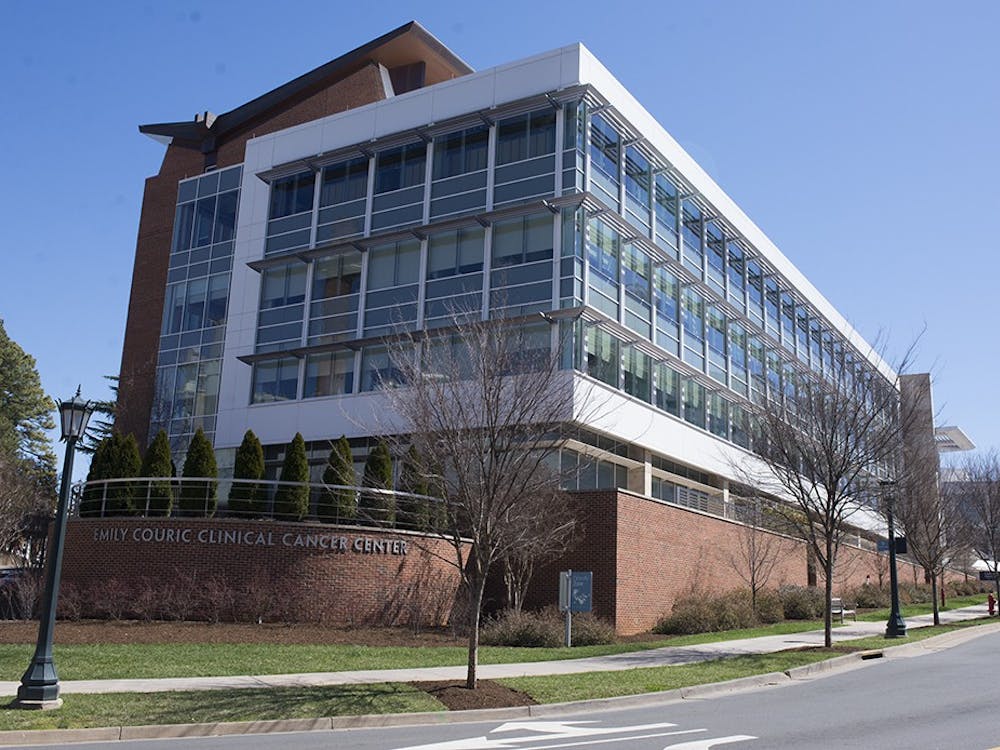Nearly 80 percent of all sexually active men and women will contract human papillomavirus at one point during their lifetimes, according to the American Social Health Association.
So why doesn’t it seem that everyone is running into Student Health in a mass panic, believing they have contracted a sexually transmitted infection? The answer perhaps lies in HPV’s misunderstood complexities and the debate surrounding its preventative vaccine Gardasil.
According to the Center for Disease Control, there are more than 100 different HPV strains. Most HPV infections do not cause symptoms.
“There are often no obvious symptoms of having HPV, which is why it is so important [for women] to get their annual pap [smear] to check for internal cellular changes,” said fourth-year College student Julia Villageliu, a Peer Health Educator and Office of Health Promotion intern.
Some infections may actually disappear on their own.
“Students should know two things about HPV: almost everyone will get a form of the virus at one point and that HPV will not cause problems or cancer unless it is persistent,” said Christine Peterson, gynecology director and physician at Student Health.
Peterson explained that a persistent virus does not exit a person’s body on its own and will cause a patient to develop genital warts if he or she has contracted a low-risk strain or cervical cancer, which is associated with a high-risk strain.
HPV is passed through skin contact and genital contact as well as through vaginal, oral and anal intercourse. The STI can spread rapidly among sexually active people because many men and women who have HPV do not realize it, and can thus easily transmit it unknowingly, said third-year College student Elizabeth Greksouk, a Women’s Center intern and a member of Sexual Assault Leadership Council.
Using condoms is necessary when engaging in any sexual activity to prevent contracting the STI, Villageliu said. Condoms, however, are not the only preventative measure. Approved by the Food and Drug Administration, Gardasil is a vaccine designed to prevent women from contracting the infection. The creation of Gardasil has increased awareness of HPV and how to combat it. Gardasil, which is manufactured by Merck & Co. was approved by the FDA in June 2006.
According to the CDC, Gardasil protects women from four HPV strains — two strains that cause 70 percent of cervical cancer cases and two strains that cause 90 percent of genital warts cases.
The FDA has approved the Gardasil vaccine for females between the ages of 9 and 26. The vaccine could potentially prevent the more than 250,000 deaths of women worldwide that occur each year from cervical cancer. In the United States alone, an estimated 3,800 women die each year from cervical cancer.
Gardasil is offered at Student Health for $149 per shot; three shots are necessary to fully guard oneself against the infection. Although pricey for a college student, many insurance companies are now footing the bill for the regimen, Peterson said. She said she believes that women should get the vaccine before they become sexually active.
“Students still need to be well educated on HPV even if they do choose to vaccinate because the vaccination does not protect against all strains of HPV,” said Jamie Leonard, Peer Health Education coordinator and faculty advisor at the Office of Health Promotion. “Other sexually transmitted infections are spread similar to HPV, so while learning how to protect themselves from HPV, students are also learning how to protect themselves from other STIs.”
Leonard compared Gardasil to the flu shot.
“Even if someone got the flu shot, I wouldn’t advise them to be sharing cups, kissing, etc. with people who they know currently have the flu,” she said.
Despite the evidence from medical professionals and researchers that the vaccine can effectively prevent both cervical cancer and genital warts, controversy still surrounds its administration.
“First, there is a contingent in society that is just anti-vaccine in general, whether it’s for measles, small pox, HPV, etc.,” Leonard said.
Peterson and Leonard, though, agreed that not vaccinating young women is not an ideal decision.
“It is a poor decision to not get a young woman vaccinated because at some point, the woman is going to become sexually active,” Leonard said.
She suggested that instead of trying to ‘guess’ when sexual activity begins, it is more beneficial for girls to get vaccinated when they are young and still not at risk. She added that some parents believe that their daughters cannot acquire the disease because it is sexually transmitted.
“They also may believe that by vaccinating, they are giving their daughters ‘permission’ to have sex,” Leonard said
Greksouk said she does not believe that receiving the vaccine will encourage sexual activity.
“Regardless of the vaccine, there are still plenty of other STIs to discourage against unprotected sex or not staying abstinent, if this is your choice of birth control,” Greksouk said. “Thinking that the vaccine would cause promiscuity or less pap smears is simply uninformed.”
Groups who advocate against the vaccine claim that Gardasil has several potential side-effects including paralysis, permanent injury and death.. Peterson said, however, that these harmful side effects are no more likely to occur from an HPV vaccination than they are from a placebo vaccination.
Despite the controversy, Villageliu and Greksouk both emphasized the importance of educating students about both HPV and Gardasil.
“With HPV, as with all STIs, know your status,” Villageliu said. “Get your annual pap exams, talk to your sexual partners about their history, talk to your doctor about getting the HPV vaccine. Stay on top of what is happening with your body, and the likelihood that the infection will become serious will be greatly reduced.”
There are many groups on campus that support and educate about HPV and Gardasil, including Peer Health Educators, the Women’s Center and Student Health’s gynecology department.






